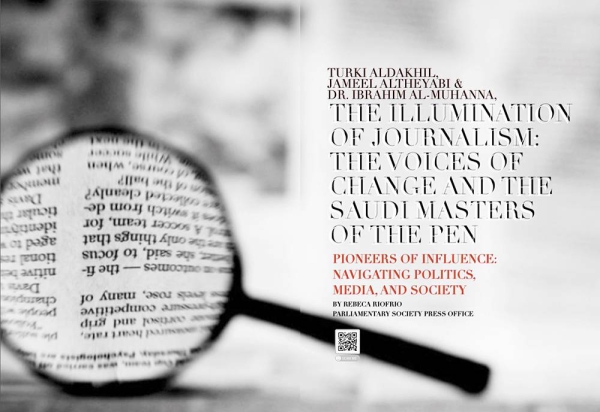
Secession has many forms in many countries. But secessionists are more alike than they are different. They have similar goals. They pursue the same objectives. They use the same rhetoric. And they often have common heroes. One of them is the first minister of Scotland, Nicola Sturgeon, who heads the devolved Scottish government.
Now Sturgeon has announced her intention to resign her post. And secessionists across the world have lost a leader and a figurehead.
Before her fall from grace in recent weeks, Sturgeon was a powerhouse. She was one of the most recognizable forces in British politics and the dominant political personality in Scotland. Her campaign for Scottish independence never faltered, even in the face of a referendum which her campaign lost decisively in 2014; and a series of legal and technical hurdles — including a bruising defeat in the British Supreme Court last year — which seemed to put a final nail in the proposal’s coffin.
Sturgeon was an excellent communicator. Her communications team outnumbered and outmuscled the journalists who covered Scottish politics. Sturgeon brilliantly used press conferences to undermine the UK government and to condemn the politicians in London.
Sturgeon’s opponents accused her of a politics of stunts rather than of government. But her stunts worked. Sturgeon was repeatedly reelected to devolved office, and her party, the Scottish Nationalists, or SNP, tended to sweep the Scottish seats in the UK Parliament during her time in power.
Sturgeon pursued international fame and attention, visiting American talk-show sofas and the international stage at events such as the COP climate conferences. She was determined to pretend, even though she was a devolved official, that she was in effect a national leader with an international profile, worthy of any global stage.
This pretense was not accurate, but it achieved her objectives; she was an inspiration to other nationalists and secessionist parties across Europe. From Catalonia’s nationalists to the Northern League in Italy, to the Russian state, which supports many secessionist movements across democratic Europe, Sturgeon was admired and widely copied.
Before her fall from grace, she was a powerhouse; one of the most recognizable forces in British politics and the dominant political personality in Scotland.
Dr. Azeem Ibrahim
But like those campaigns, Sturgeon’s party ran into trouble. The rhetoric of independence can only take a party so far.
Sturgeon was in office for eight years and her party as a whole has been in government for most of this century. The SNP ran into trouble throughout this tenure as power exposed many of the shortcomings of nationalism.
Sturgeon and her party campaigned largely for a single policy: Secession. But if secessionist parties, no matter how many times they are re-elected, run into constitutional brick walls — and cannot put into practice their chosen policy or slogan — they begin to run into difficulties. This is something that dogged Sturgeon.
In government, she could not rely on the old familiar slogans and the prejudices that they stirred up. Her party had difficulty with education, public health, economic growth, the rate of alcohol-induced and drug-related deaths in the country — and many other intractable social problems for which a campaign for independence is not necessarily the answer.
Sturgeon herself lost her political career on another social issue: Transgenderism, and the question of whether criminals whose birth certificates say that they are male should be able to “transition” and be housed as women in women’s jails. Sturgeon said that they should; the public and her party said they should not. She lost.
To say that Scottish secession has lost a powerful force in Sturgeon is an understatement. Her possible successors have lived in her shadow for almost a decade. Many of them lack name-recognition not only across the rest of the UK, but also in Scotland itself. An election approaches in Scotland, and for the first time in a long time, the SNP may not win it.
The same is true for nationalists and secessionists across Europe. In general, they have few examples of where parties in their mold have governed and governed successfully for a long time. For a while, Sturgeon was that example. Now her career has ended ignominiously, they have lost an emblem and a standard bearer.
Separatism in general has few success stories. For years, Sturgeon was held up to be the exception that proves it can be done. But she failed in her decades-long campaign for secession, and failed in the end to hold her office. This is a salutary lesson for separatists across Europe: That they face the same political problems as other parties, and having a single answer does not necessarily solve them.
• Dr. Azeem Ibrahim is director of special initiatives at the Newlines Institute for Strategy and Policy in Washington, DC. and the author of “The Rohingyas: Inside Myanmar’s Genocide” (Hurst, 2017). Twitter: @AzeemIbrahim












